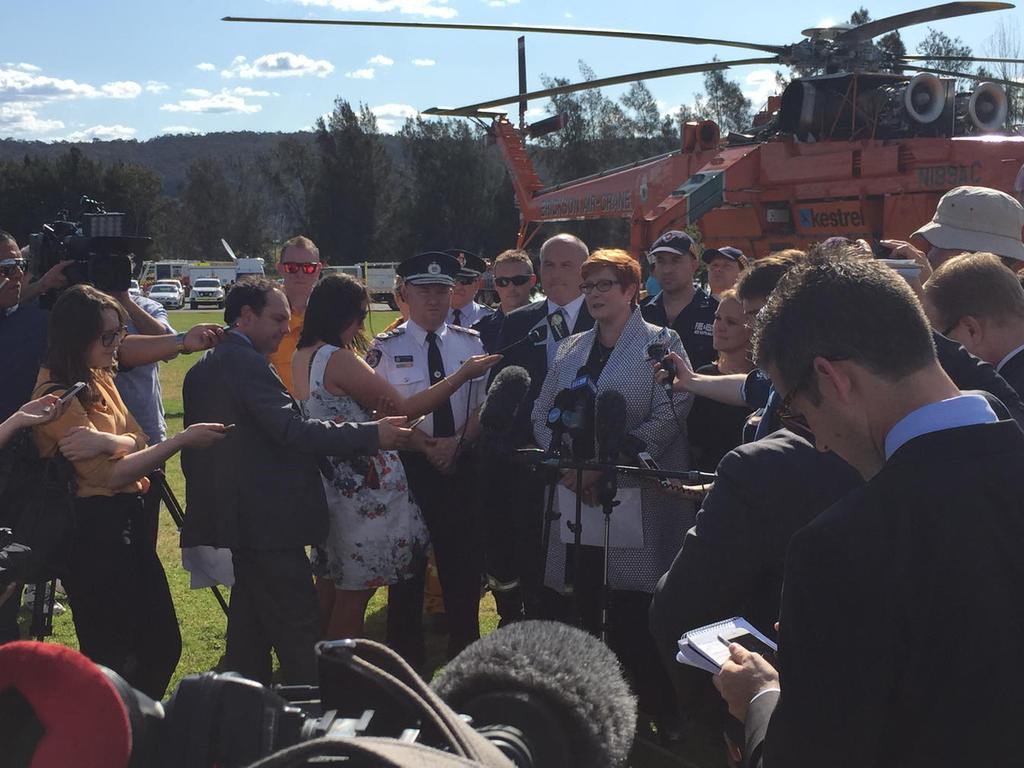
The standard political and military approach to journalists is to use and abuse. The hacks return it with gusto.
When things go wrong and the going gets tough, the political/military approach shifts gear to shut ‘em out and shut ‘em up.
See use/abuse or shut-up/shut-out as the two arms of Oz government and Defence media policy. Express these two arms of dealing with The Press or news media with formal labels: Engage versus Exclude.
Governments have to Engage because they have voters to reach and stories that need telling. The frustration of having to Engage is expressed in that wonderful Tom Stoppard line: ‘I’m with you on freedom of the press. It’s the newspapers I can’t stand.’
While governments must Engage, the Australian military—seeking to please itself and its political masters—has consistent Exclude instincts.
The Exclude habit-of-mind is an unsung yet enduring bit of the ANZAC tradition.
A century of Oz military history reveals a tendency to see Oz journalists as only slightly less dangerous than the enemy. An attack from the rear, deploying large headlines, is dreaded.
The WWI official correspondent, C.E.W. Bean—the man who inscribed the ANZAC legend in the histories then enshrined it in the War Memorial—remarked that his two bugbears at Gallipoli were ‘Turkish flies and Australian officers’.
The flies still irritate and officers still buzz.
Unpack elements of the Exclude habit as displayed by the Australian Defence Force, using shut-up and shut-out lenses.
In war and conflict zones, Defence has an almost unique ability to control the access of hacks—a formidable shut-out power. Stay with us and do as we say and we’ll protect you. Go solo and risk death.
The complex conundrum is infused with tragedy. The growing roll of dead freelancers in myriad conflicts is a strong argument for getting into bed and becoming an ‘embedded’ correspondent with the military.
In WWI and WWII the shut-up tool was powerful censorship laws. In democracies, such overt control is today out of fashion.
The military can no longer censor what hacks write or broadcast or tweet. Instead, there’s ‘media policy’. Control the information flow. Hire lots of Media Minders. Direct the story. Stay on message. Talk about what you want to talk about.
Negative or unwanted yarns are subject to ‘damage control’ and ‘rapid response’ and ‘clarification’; even a carefully-phrased denial.
Mount the counter-attack of talking points. If something bad happens on your patch, try to shift the news cycle with diversion or feint. Give ‘em different, fresh meat—don’t look here, look over there at this new, shiny thing.
At the centre of the mindset is secrecy, often an all-purpose shroud. Defence shares the secrecy habit with everybody else in official Canberra. The threat of terrorism has generated a lot of new shut-up legislation aimed at hacks.
In the words of the hacks’ union—the Media Alliance—the strengthened ASIO Act means ‘Australian journalists face jail terms for legitimate public interest journalism.’ The fundamental effect of the law ‘is to intimidate whistleblowers and journalists.’
In Canberra, the shut-up/shut out habit is political practice and bureaucratic custom as well as ANZAC tradition.
With any policy approach, both formal and informal forces are at play. Apply this stated and unstated model to the way Defence does media policy:
Stated Reasons for Shut-up/Shut-out
- Protect lives—both ADF personnel and journalists
- Operational imperatives
- Secrecy
- Get accurate information to the Australian people
Unstated Reasons for Shut-up/Shut-out
- Political advantage for the government and Defence Minister
- Tight day-to-day control by the Minister’s office—especially the release of any information
- Burnish the image and protect against embarrassment
- Bury cock-ups
- Tell the Australian people what you want ‘em to hear
Those Stated and Unstated purposes got an extensive workout during Australia’s longest war, Afghanistan. Canberra’s control on information out of Afghanistan was ‘draconian’.
Q: Who says it was excessively harsh and severe?
A: Major General John Cantwell, who served as commander in the Middle East Area of Operations. Here is the draconian reflection in his memoirs:
‘I approve scores of media updates, make or release dozens of newsy videos, provide commentary on our challenges and progress, and look for every opportunity to tell the Australian people what our troops are doing, and how well they’re doing it. Most of these sink without a trace in the Defence and parliamentary precincts of Canberra. I get more mileage from the story of sending home a long-lost and rediscovered explosive-detection dog, Sarbi, than from all my other media engagements combined. In general, the work of our service men and women seems to be invisible in the Australian media. It’s partly the fault of the press, but largely due to the draconian control of information by the Department of Defence Public Affairs Office and the Defence Minister’s office.’
My argument is that the draconian habit of mind owes a lot to those Unstated Reasons. To be continued….

